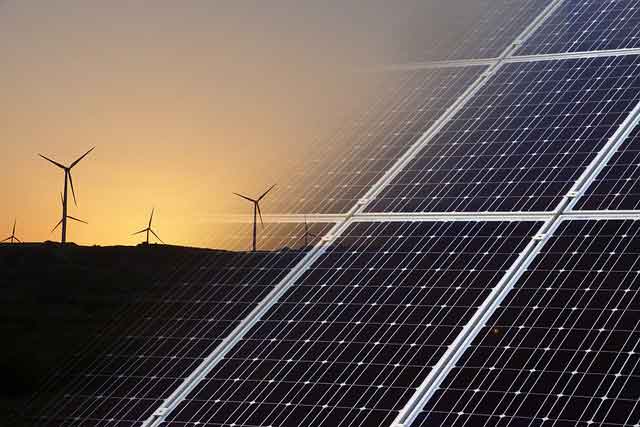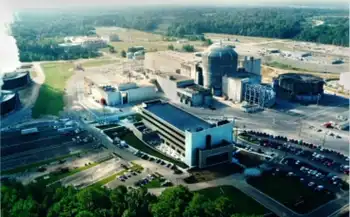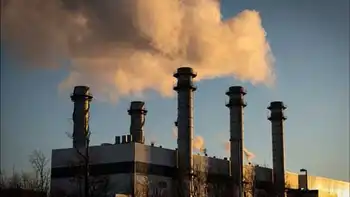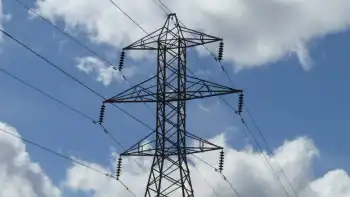Chester County Landfill Converts Methane to Renewable Gas

NFPA 70b Training - Electrical Maintenance
Our customized live online or in‑person group training can be delivered to your staff at your location.

- Live Online
- 12 hours Instructor-led
- Group Training Available
SECCRA Waga Energy RNG Partnership captures landfill methane with WAGABOX, upgrades biogas to pipeline-quality RNG, enables grid injection, and lowers greenhouse gas emissions, delivering sustainable energy to Chester County homes and businesses.
Key Points
A joint project converting landfill methane to RNG with WAGABOX, cutting emissions and supplying local heat.
✅ WAGABOX captures and purifies landfill gas to RNG
✅ Grid injection supplies energy for 4,000+ homes
✅ Cuts methane and greenhouse gas emissions significantly
In a significant environmental initiative, the Southeastern Chester County Refuse Authority (SECCRA) has partnered with French energy company Waga Energy to convert methane emissions from its landfill into renewable natural gas (RNG). This collaboration aims to reduce greenhouse gas emissions and provide sustainable energy to the local community, echoing energy efficiency projects in Quebec seen elsewhere.
Understanding the Issue
Landfills are a substantial source of methane emissions, accounting for over 14% of human-induced methane emissions, according to the U.S. Environmental Protection Agency. Methane is a potent greenhouse gas, and issues like SF6 in power equipment further boost warming, trapping more heat in the atmosphere than carbon dioxide, making its reduction crucial in the fight against climate change.
The SECCRA-Waga Energy Partnership
SECCRA, serving approximately 105,000 residents in Chester County, processes between 450 to 500 tons of waste daily. To mitigate methane emissions from its landfill, SECCRA has partnered with Waga Energy to install a WAGABOX unit—a technology designed to capture and convert landfill methane into RNG, while related efforts like electrified LNG in B.C. illustrate sector-wide decarbonization.
How the WAGABOX Technology Works
The WAGABOX system utilizes a proprietary process to extract methane from landfill gas, purify it, and inject it into the natural gas grid. This process not only reduces harmful emissions, as emerging carbon dioxide electricity generation concepts also aim to do, but also produces a renewable energy source that can be used to heat homes and power businesses.
Environmental and Community Benefits
By converting methane into RNG, the project significantly lowers greenhouse gas emissions, supported by DOE funding for carbon capture initiatives, contributing to climate change mitigation. Additionally, the RNG produced is expected to supply energy to heat over 4,000 homes, providing a sustainable energy source for the local community.
Broader Implications
This initiative aligns with international clean energy cooperation to reduce methane emissions from landfills. Similar projects have been implemented worldwide, demonstrating the effectiveness of converting landfill methane into renewable energy. For instance, Waga Energy has successfully deployed WAGABOX units at various landfills, showcasing the scalability and impact of this technology.
The collaboration between SECCRA and Waga Energy represents a proactive step toward environmental sustainability and energy innovation. By transforming landfill methane into renewable natural gas, the project not only addresses a significant source of greenhouse gas emissions as new EPA power plant rules on carbon capture advance parallel strategies, but also provides a clean energy alternative for the Chester County community.











